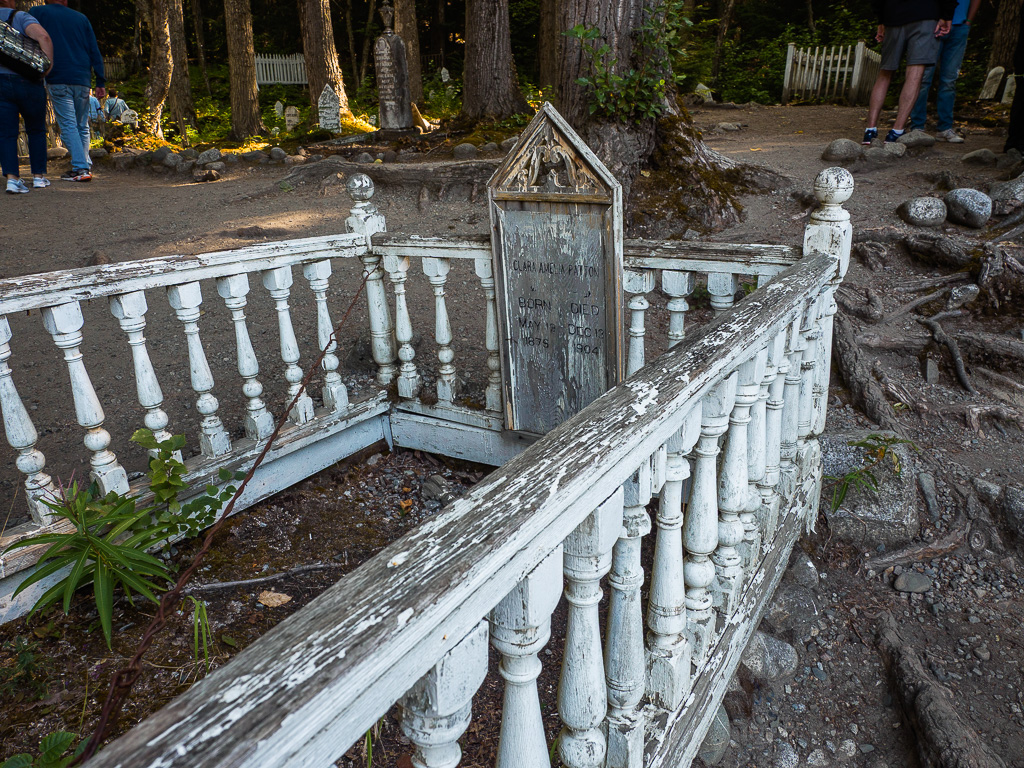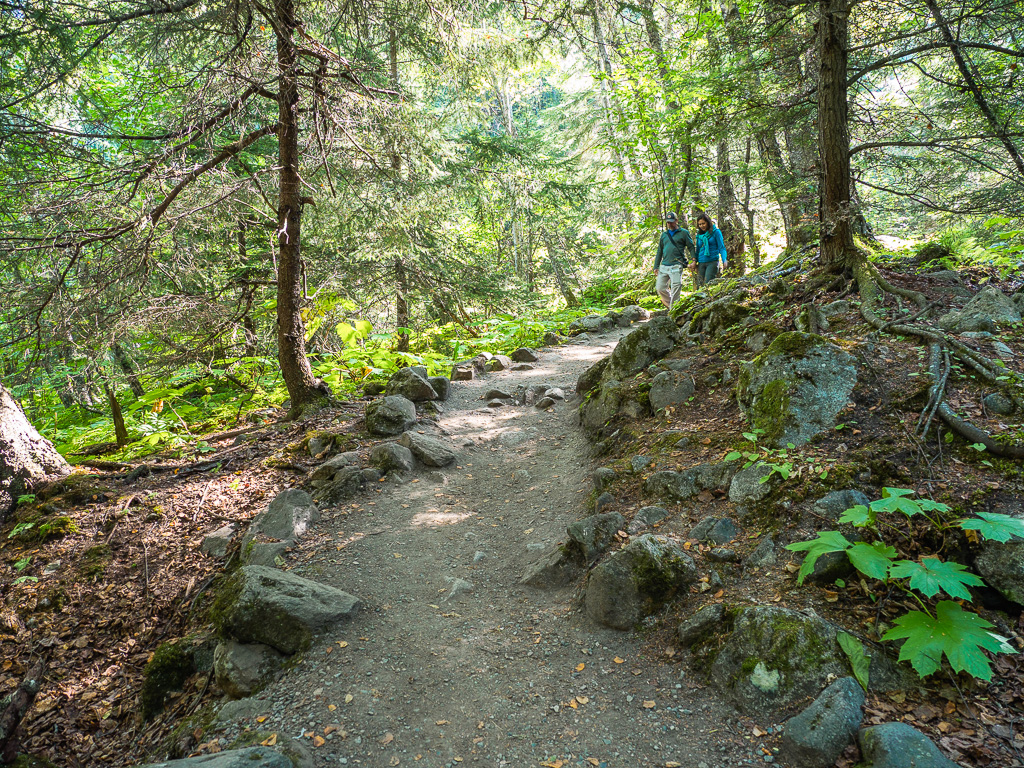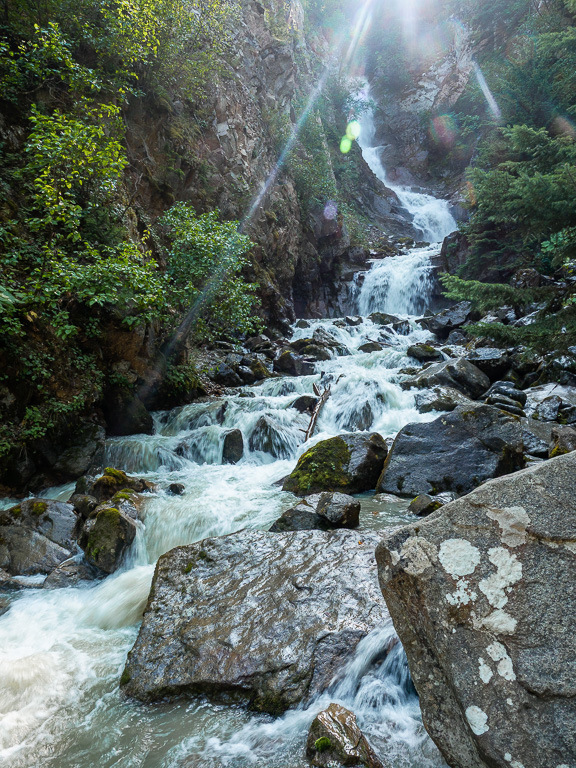Alaska: Skagway
Gateway to the Klondike
In 1897, Alaska had been a US possession for only thirty years when alluvial gold was discovered in the adjacent Canadian Yukon. Skagway, located in a narrow canyon at the foot of the White Pass, was the most natural landing place for gold miners sailing up the Pacific coast.
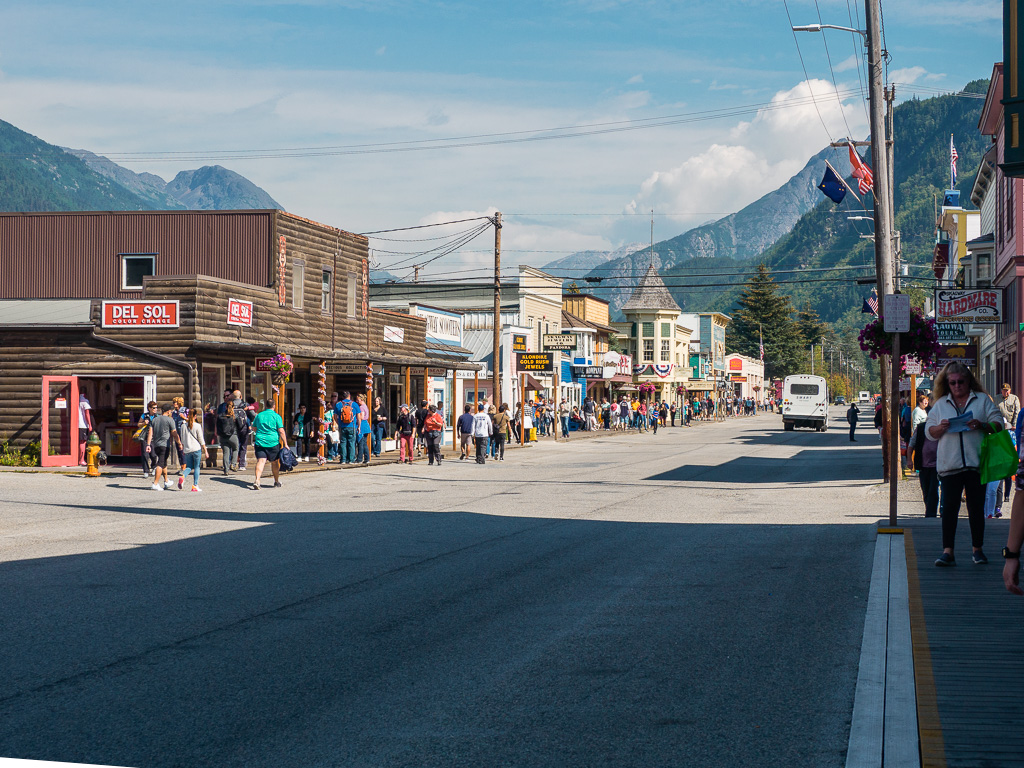
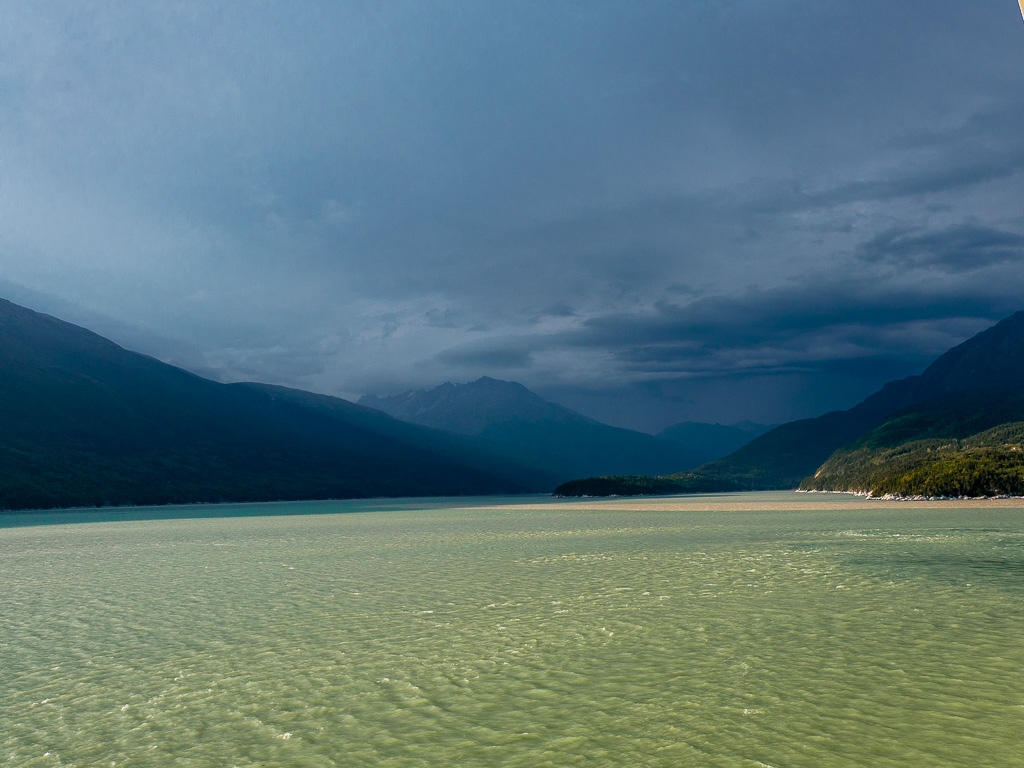
Skagway
Today there are only 1,000 permanent residents.
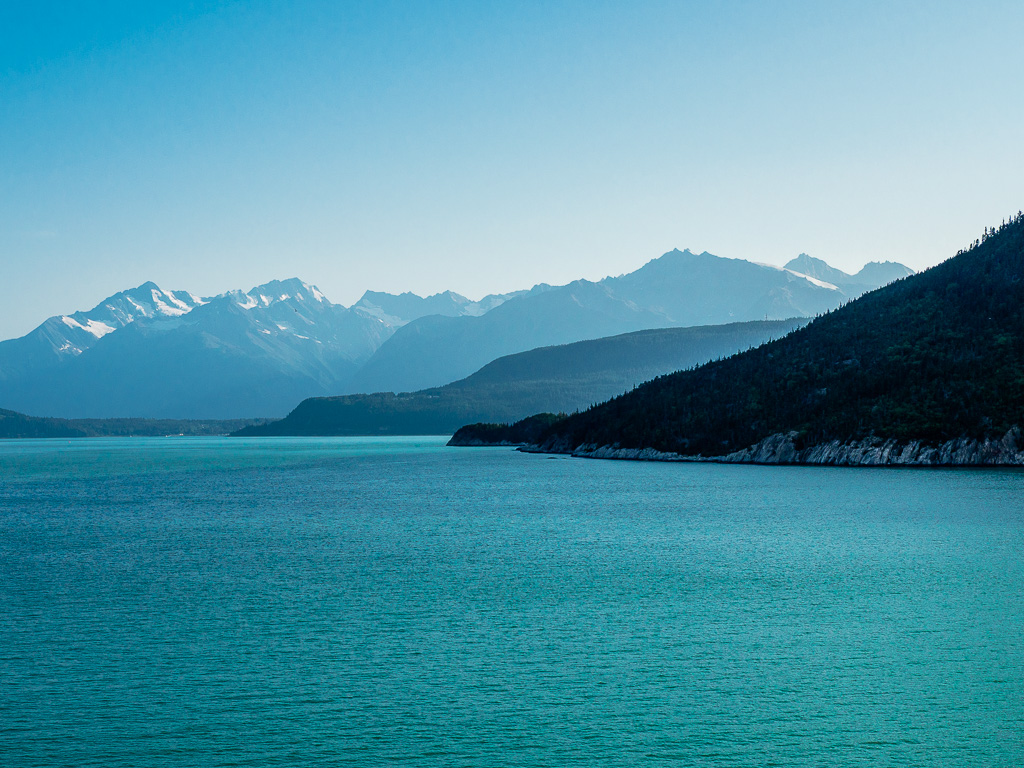
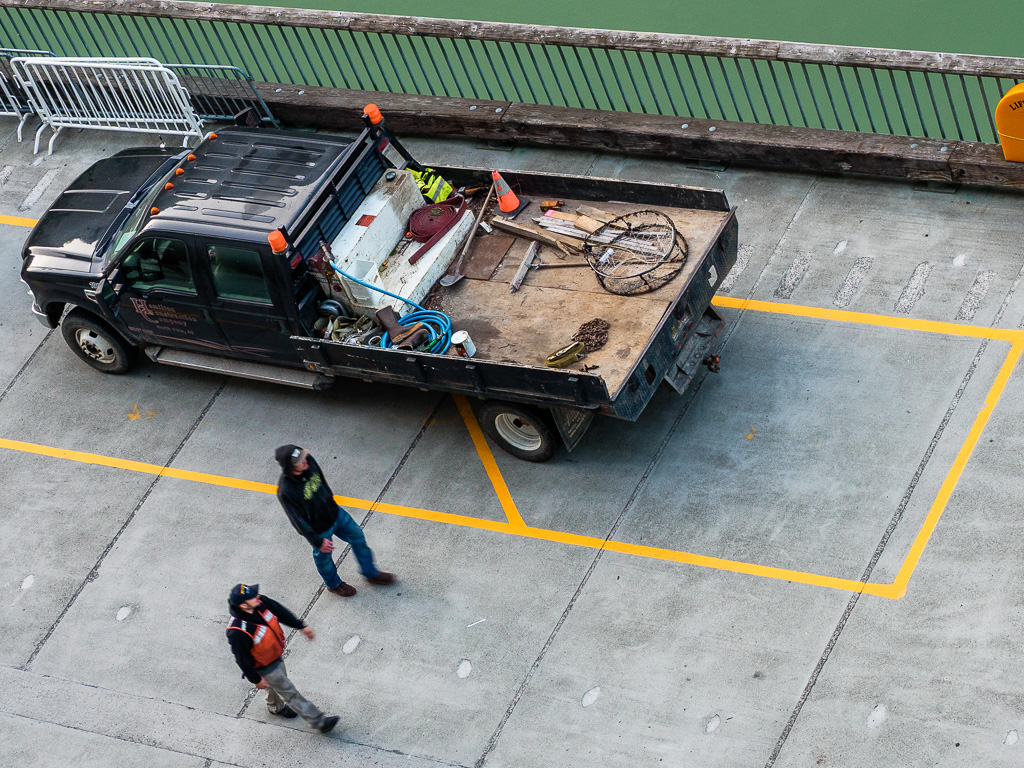

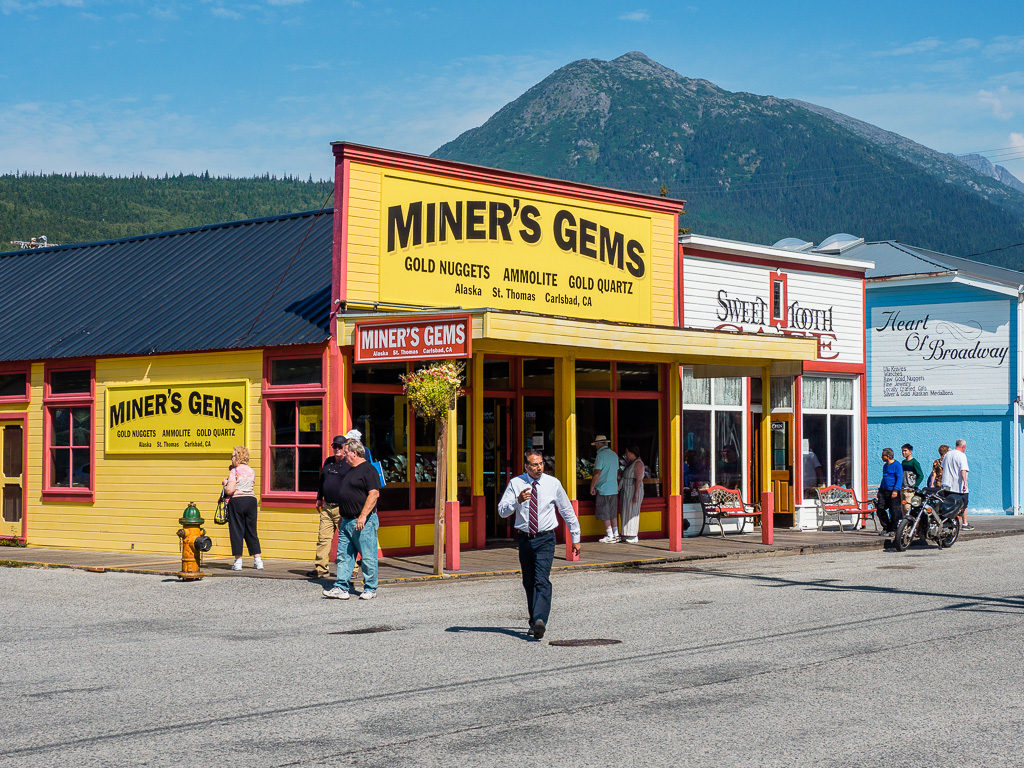
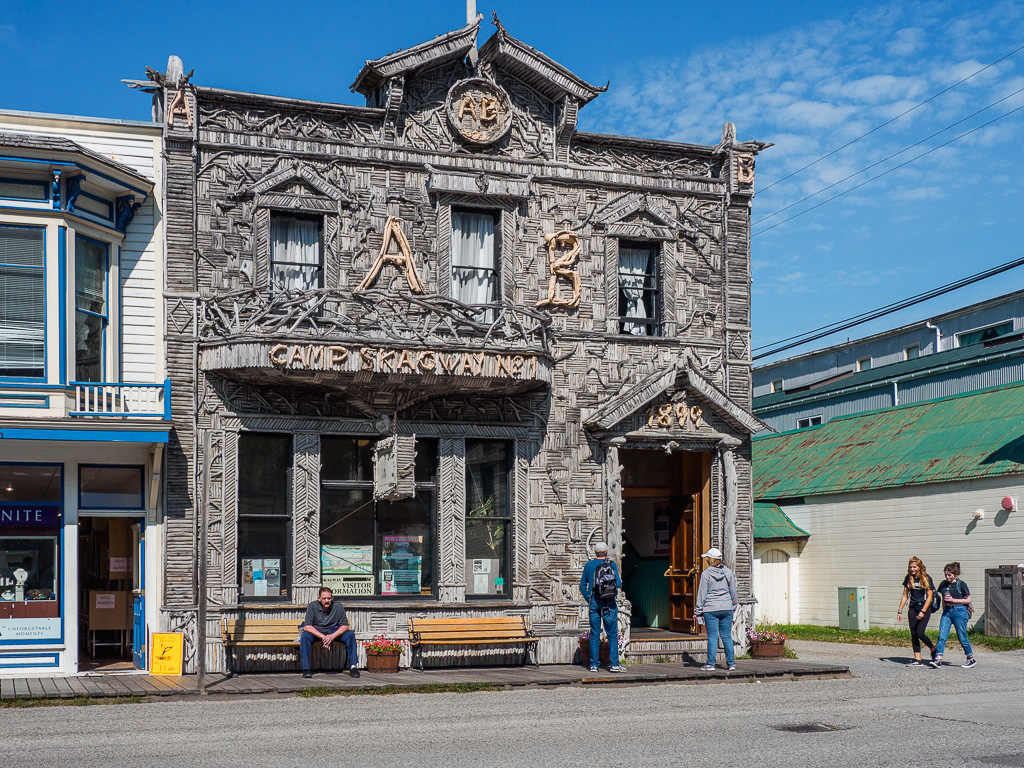
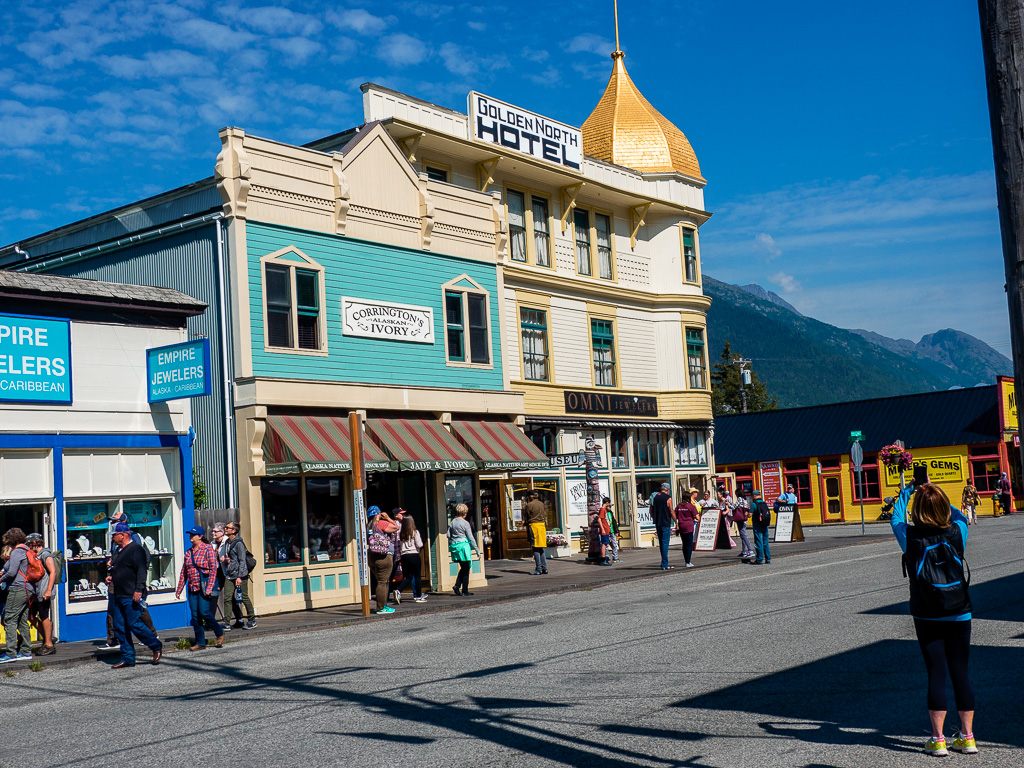

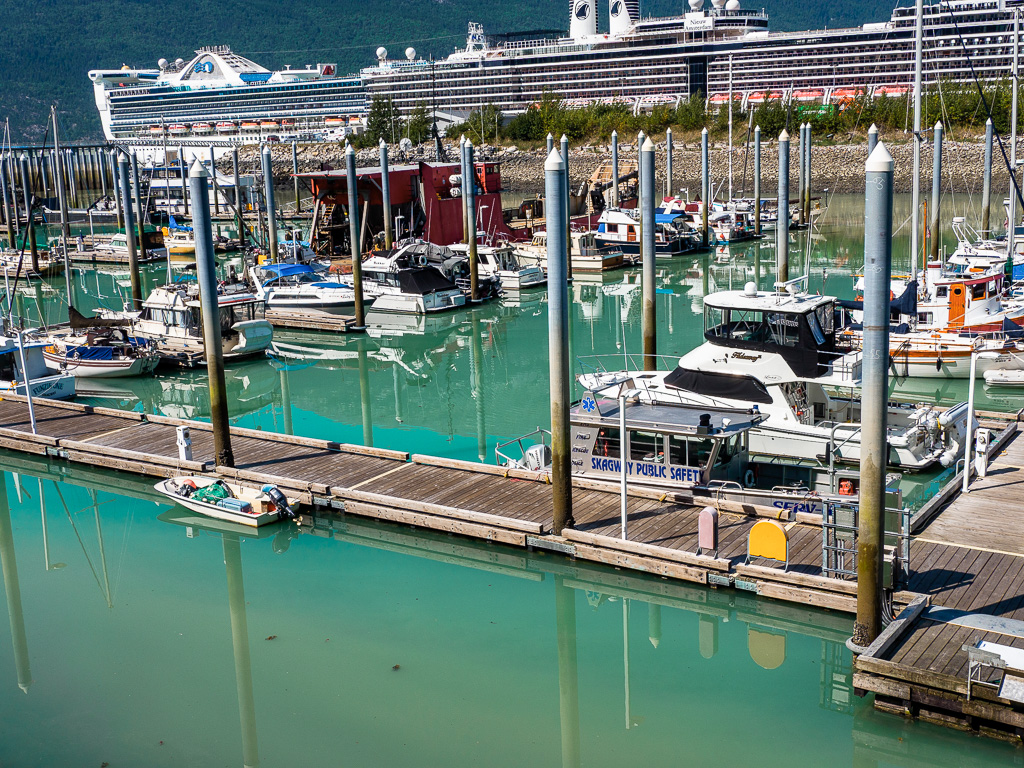
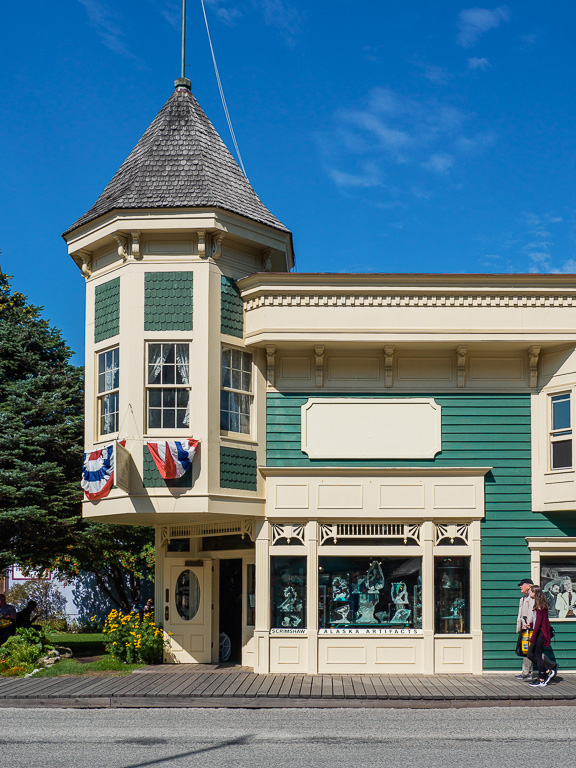
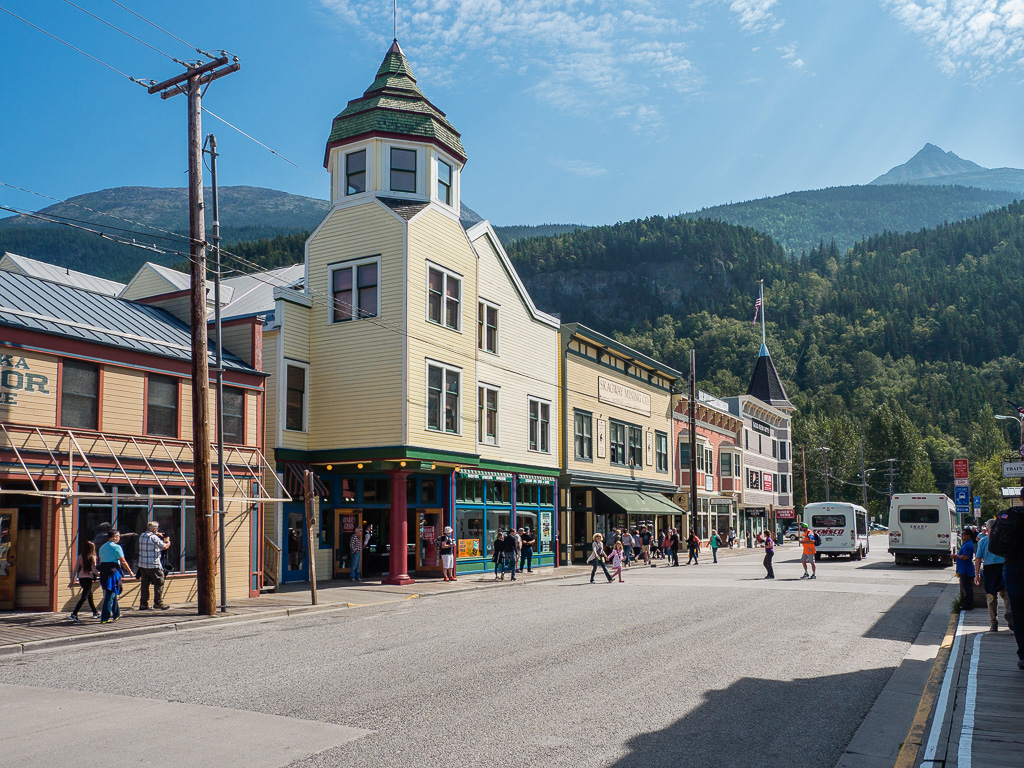
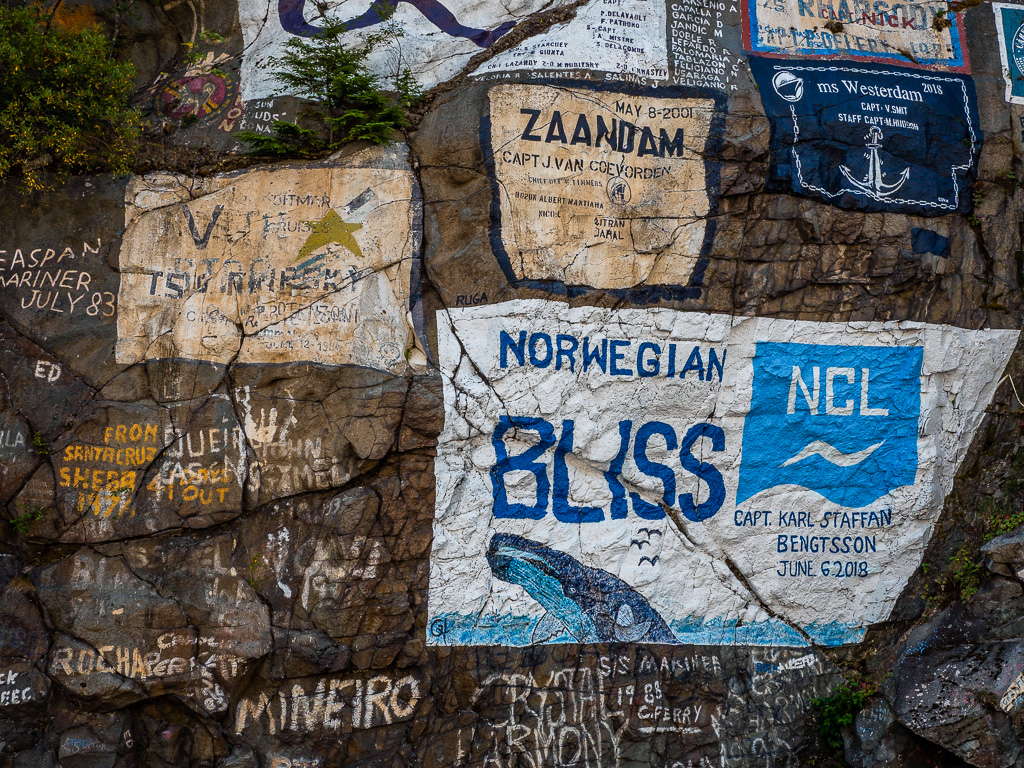
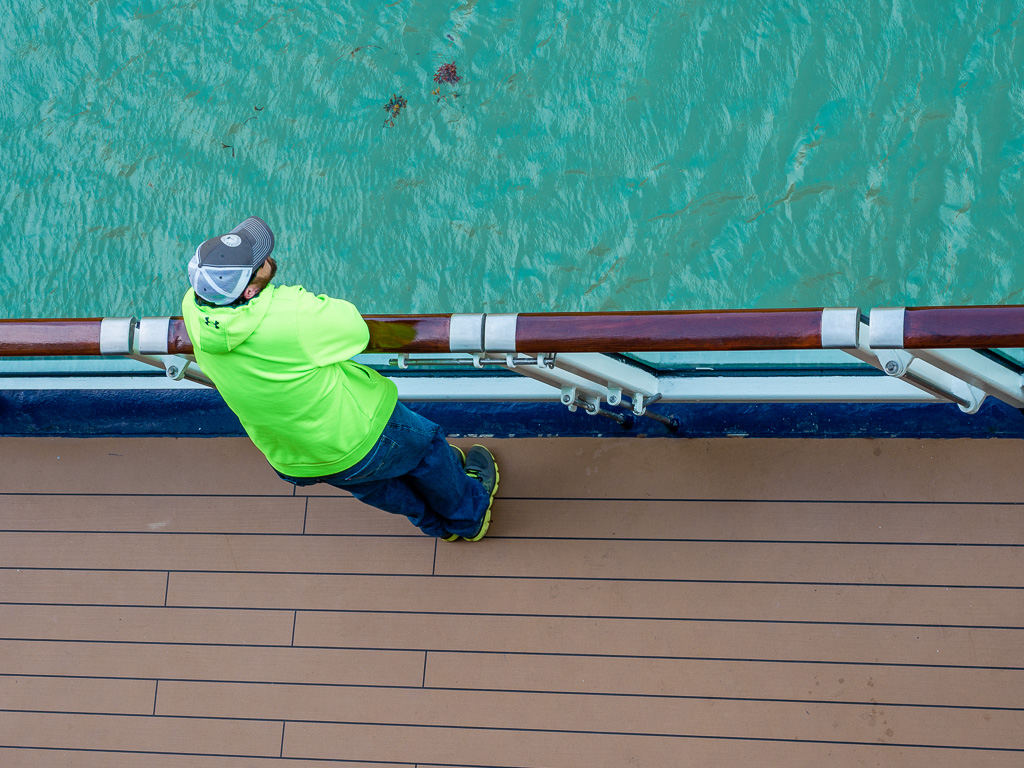
Over the White Pass
During the gold rush, miners had to hike the White Pass over the boundary ridge above town to the Canadian side. It took the average miner from ten to twenty trips to pack in the required 1500 lbs of. supplies to last a year in the Yukon.
Plans were immediately made to build a railroad over the pass, but construction was completed only after the rush was over.

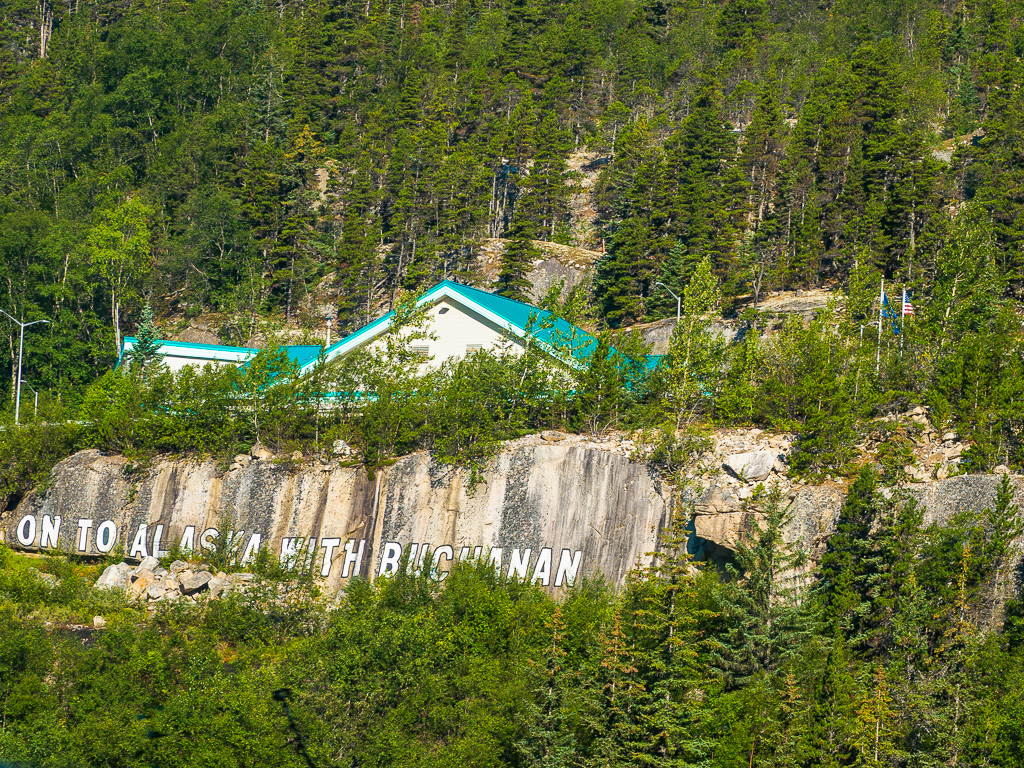
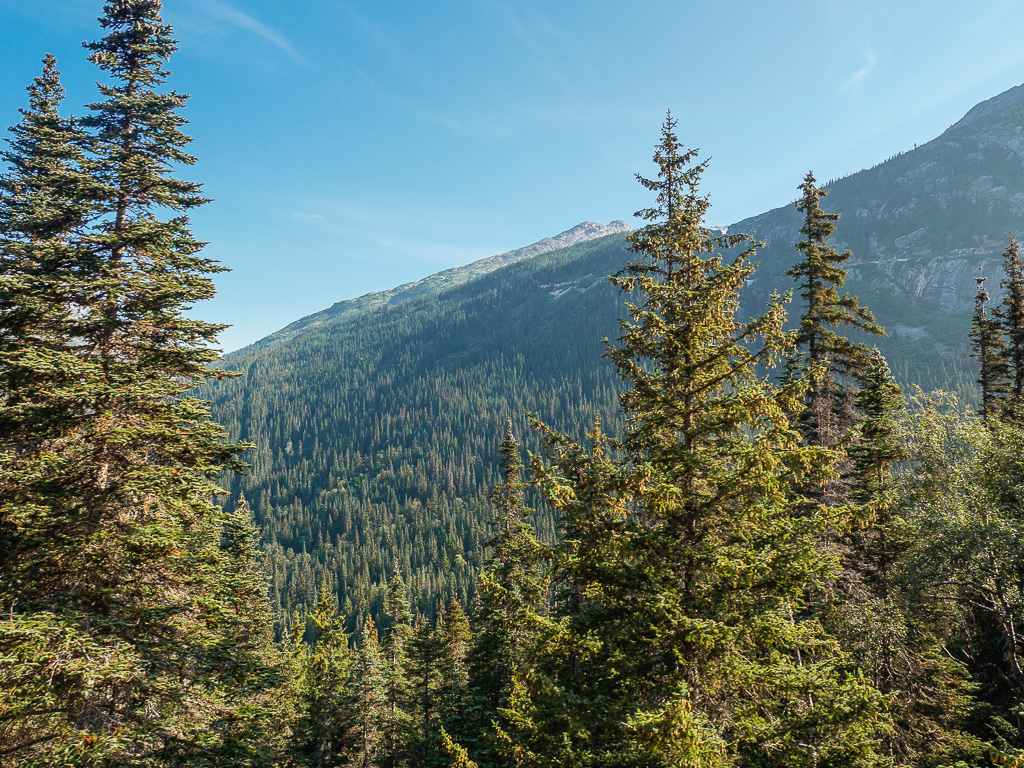
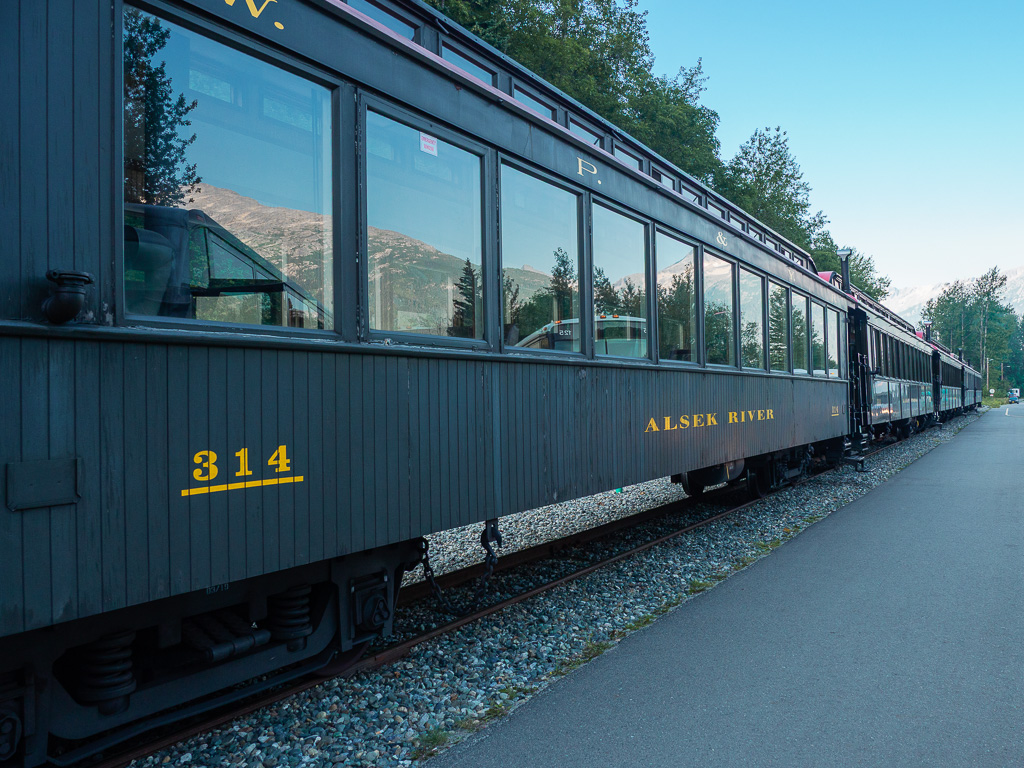
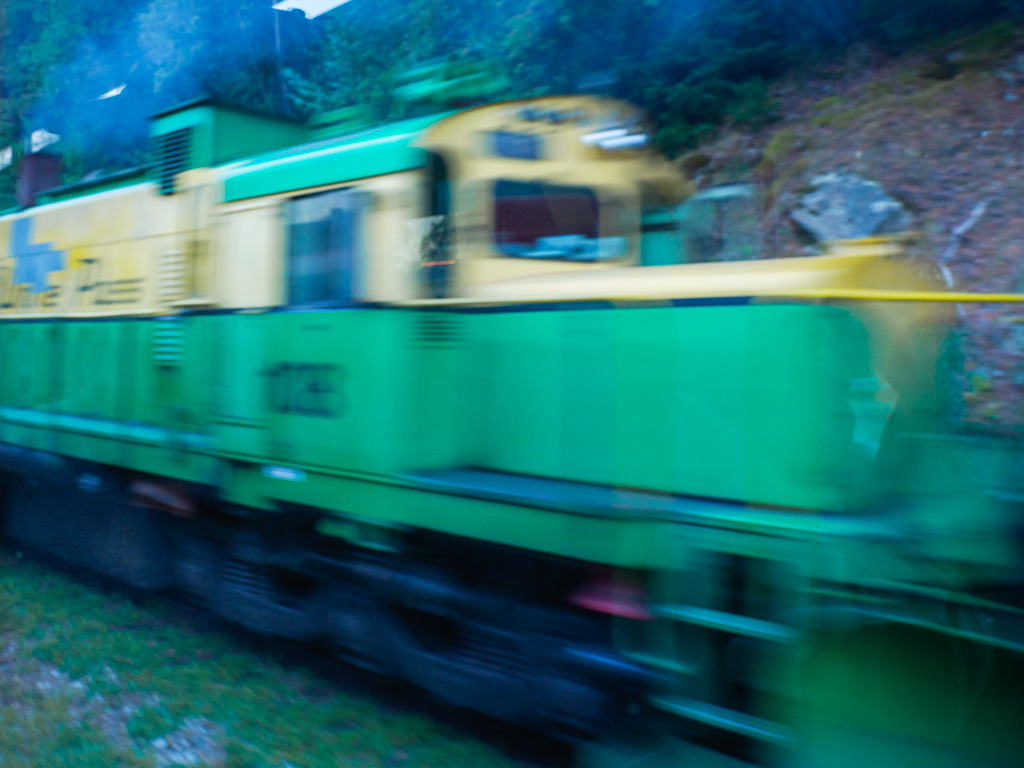
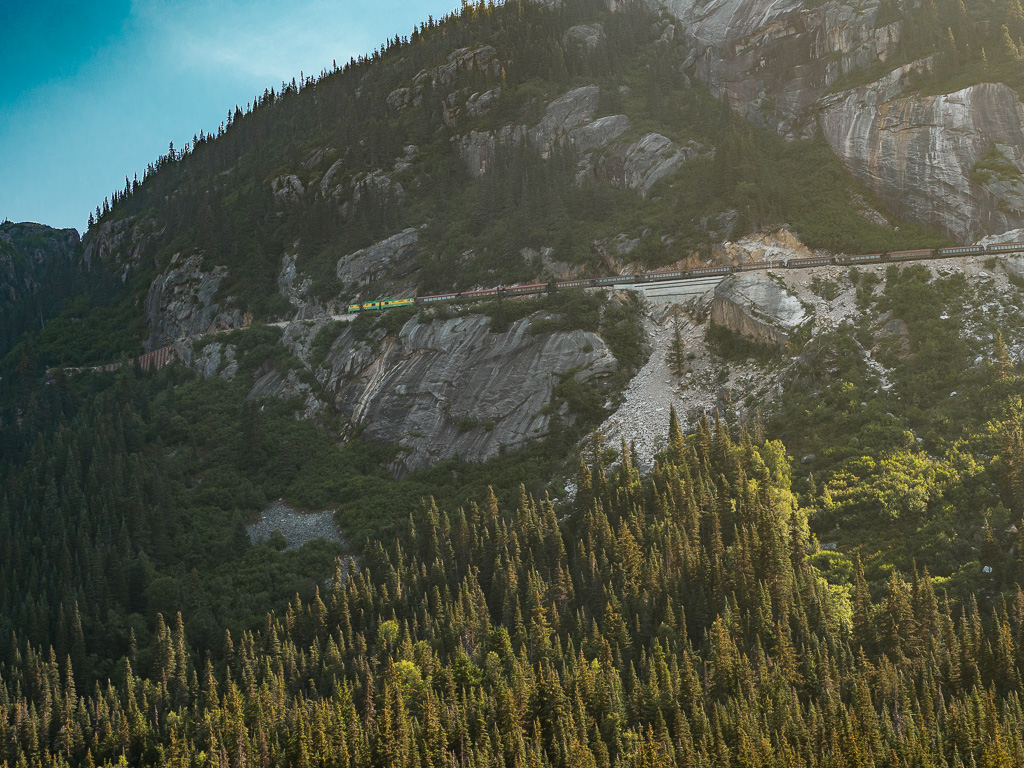
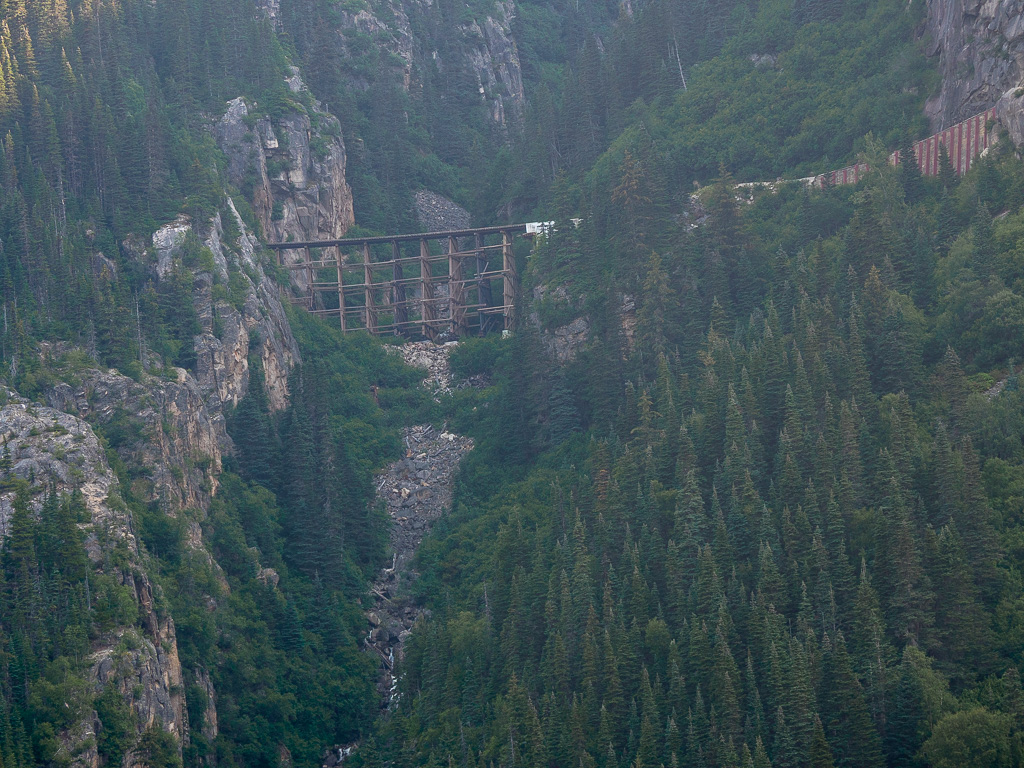
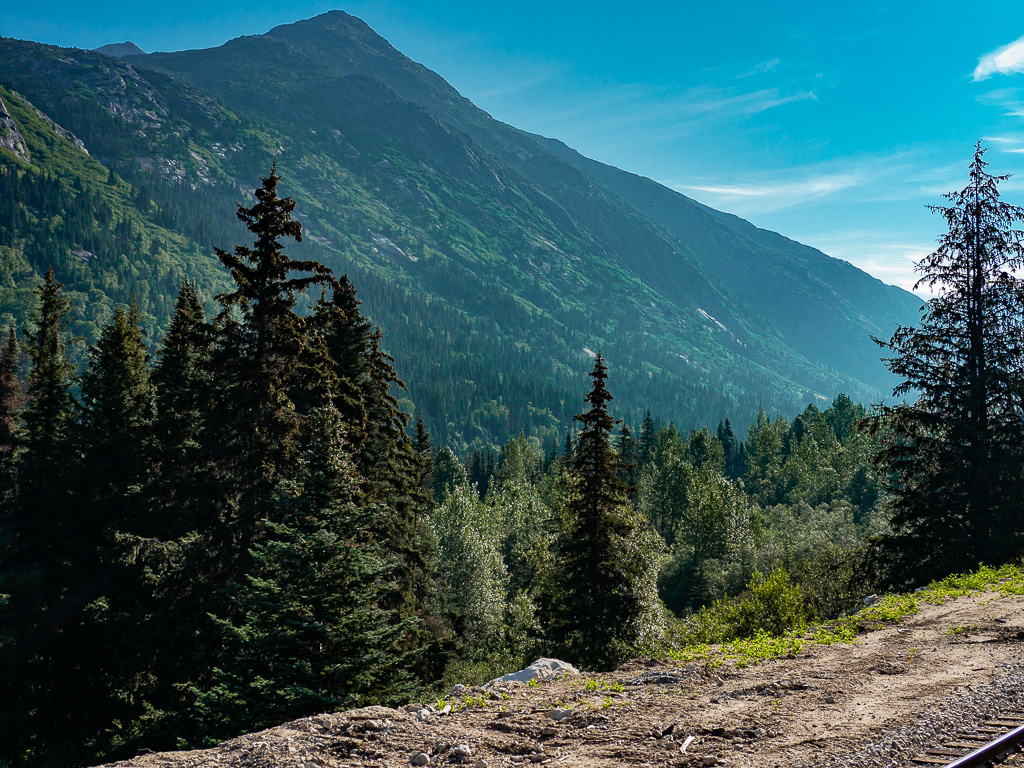
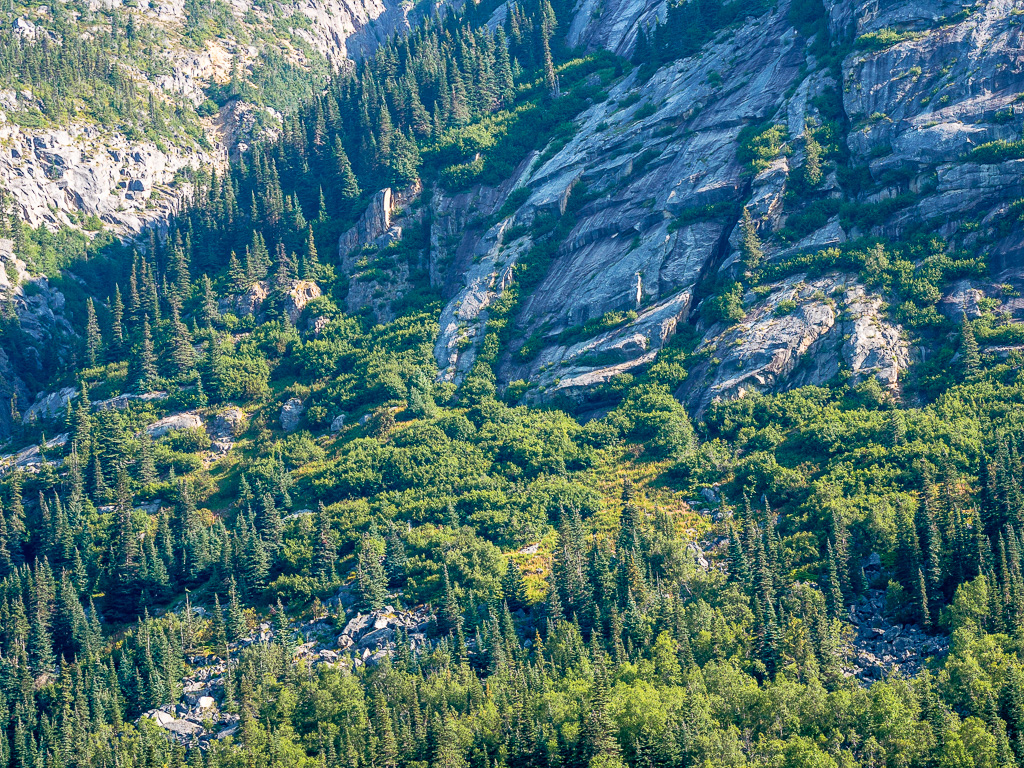
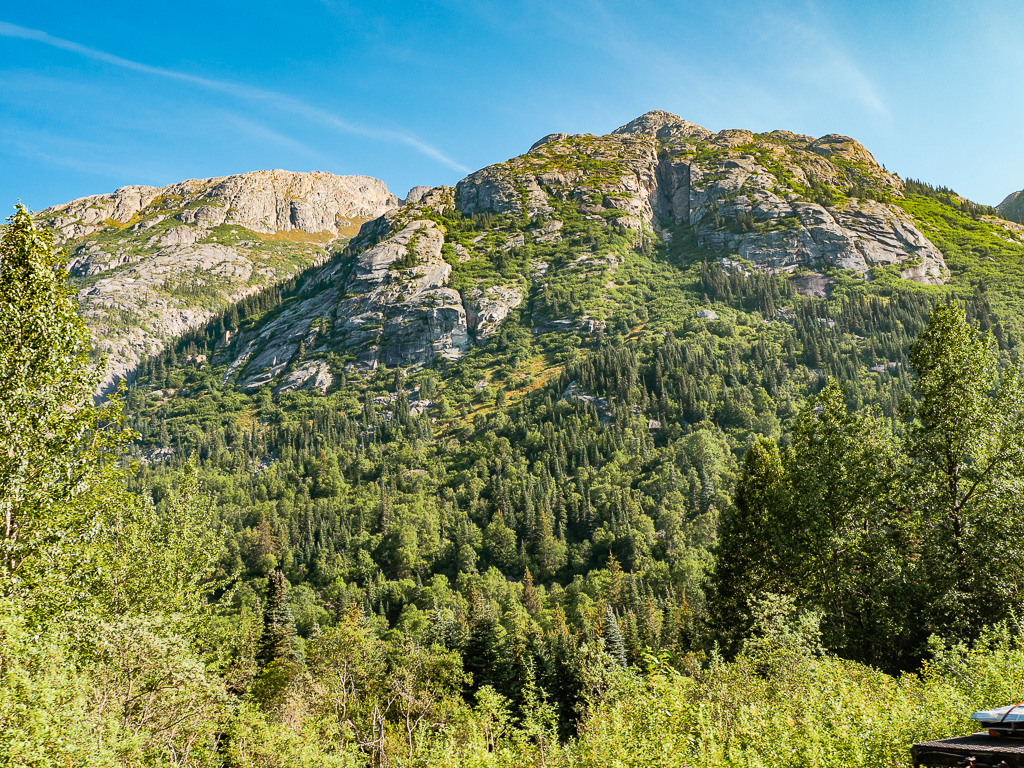

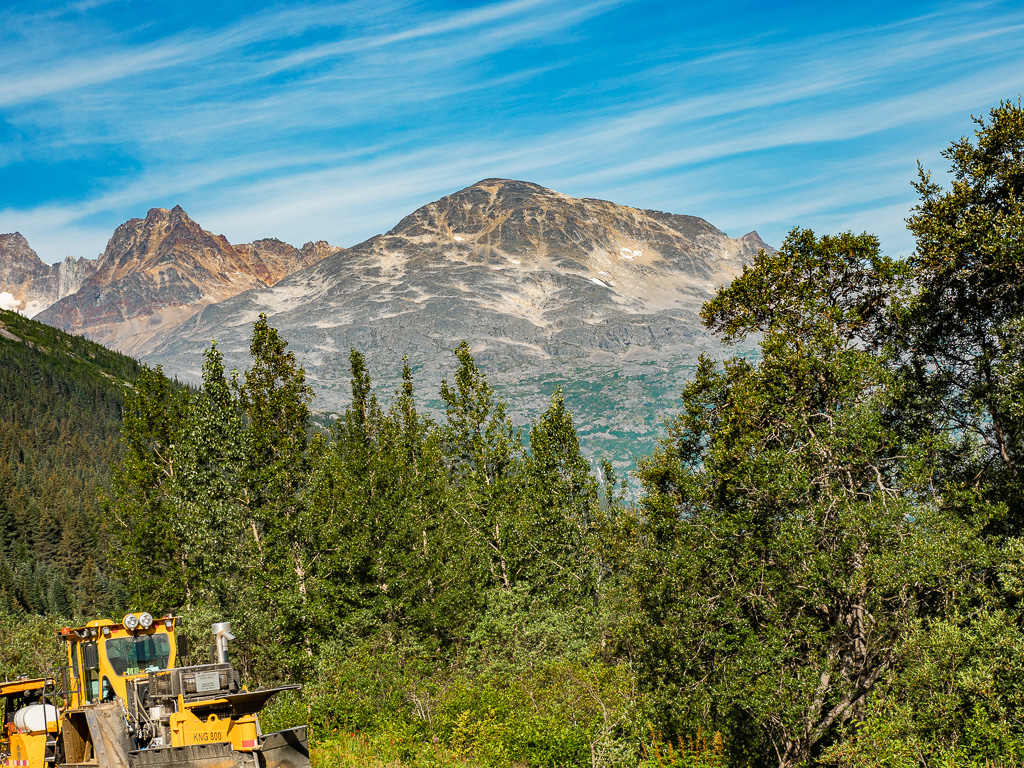
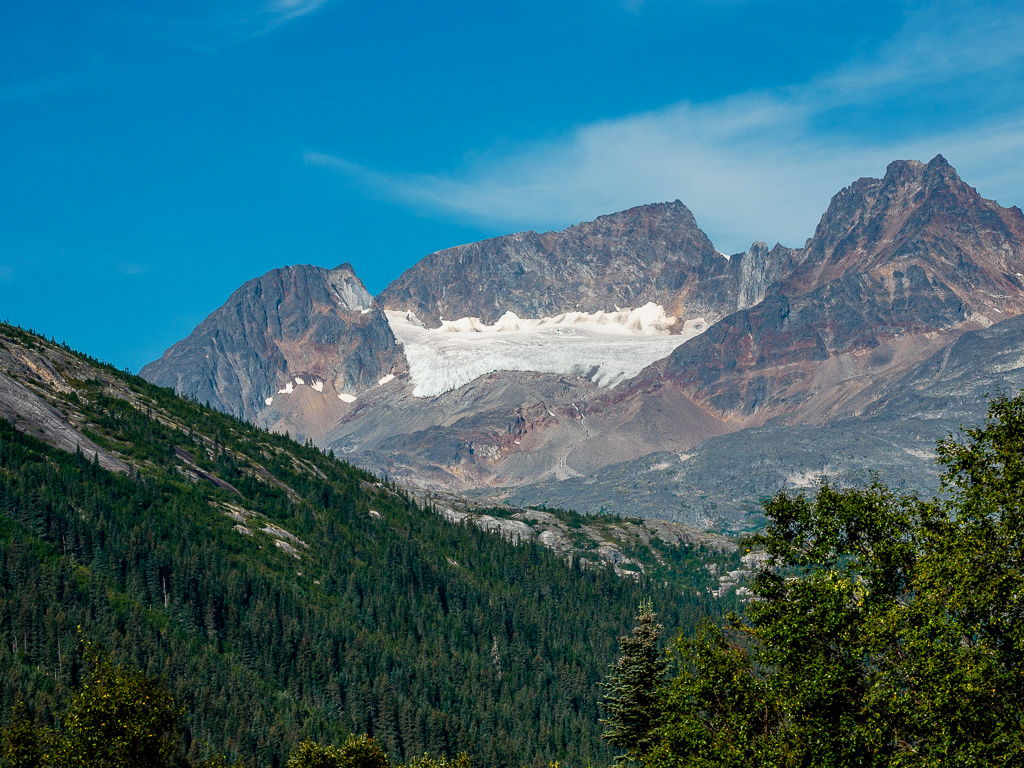
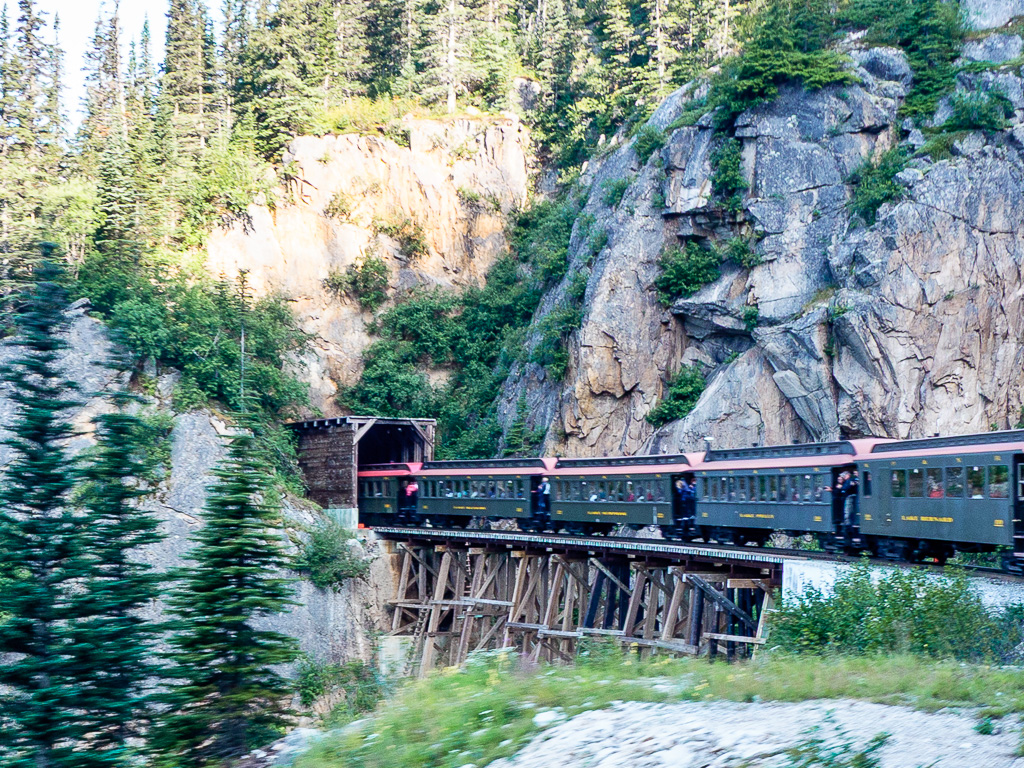
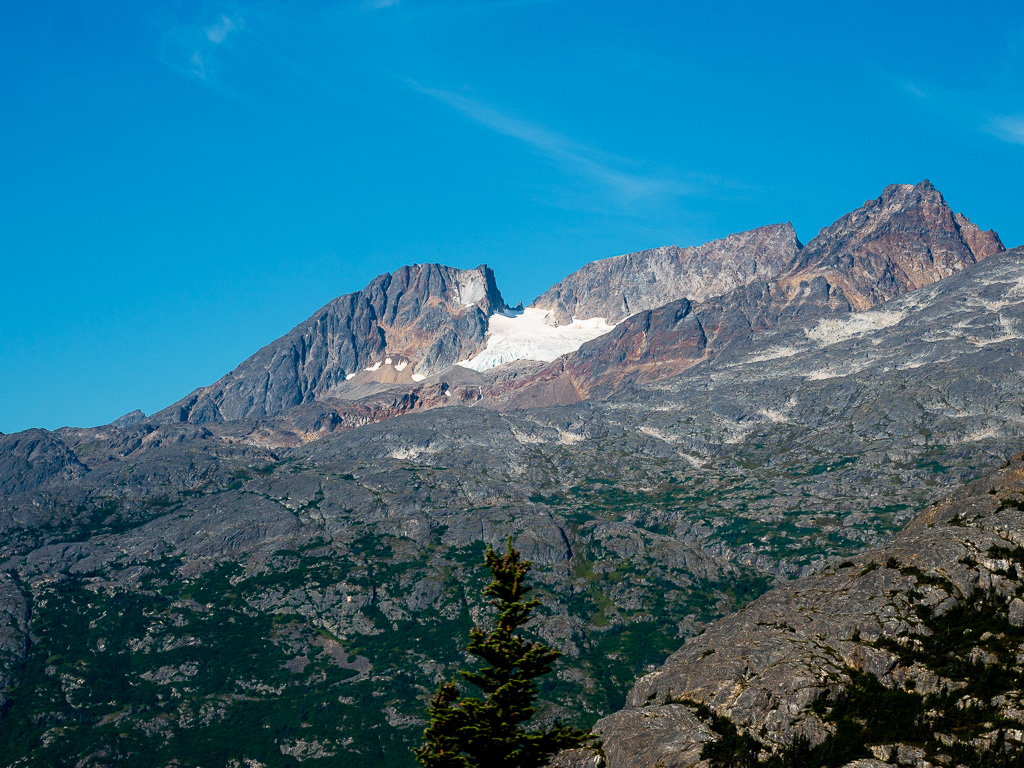
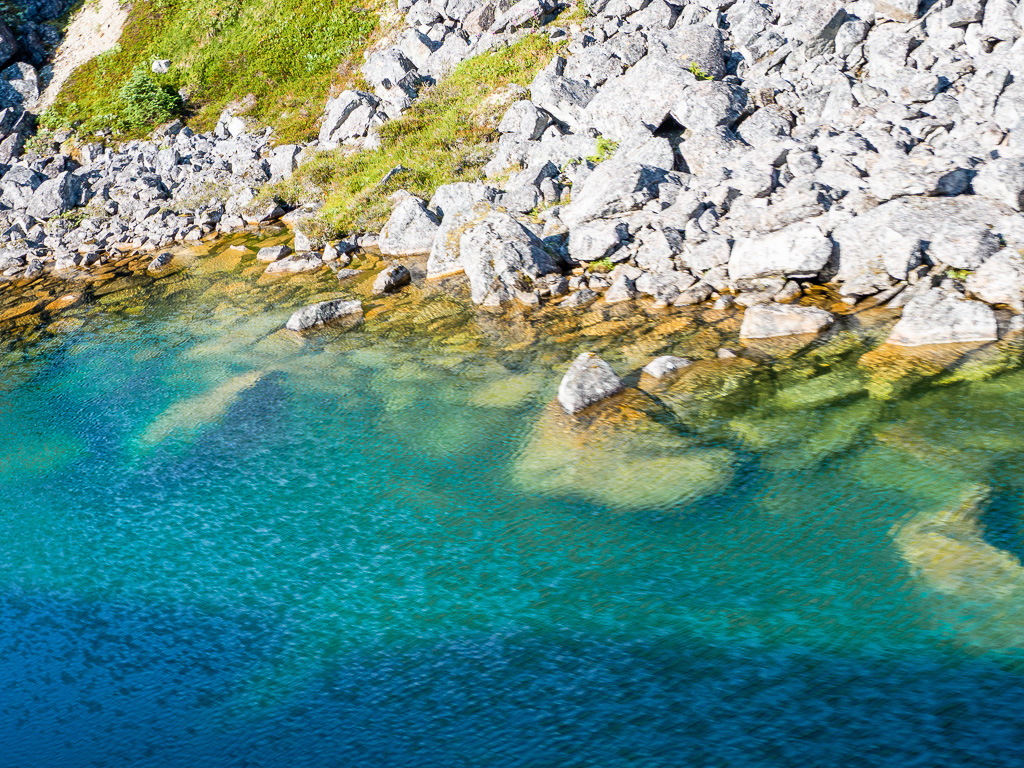
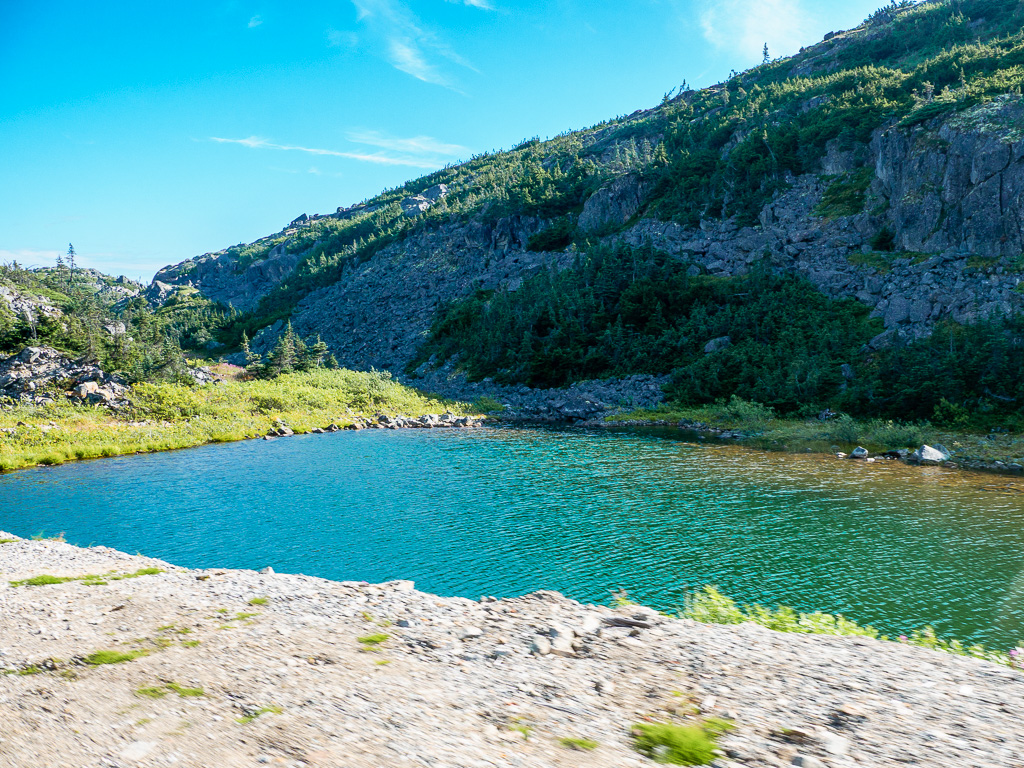
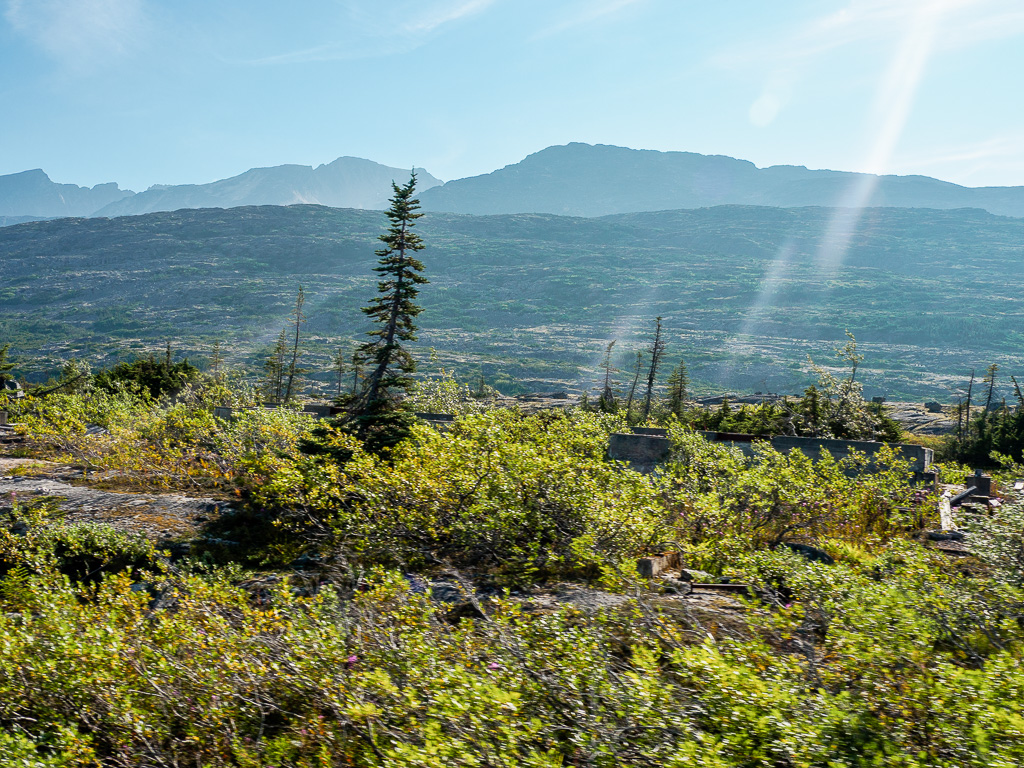
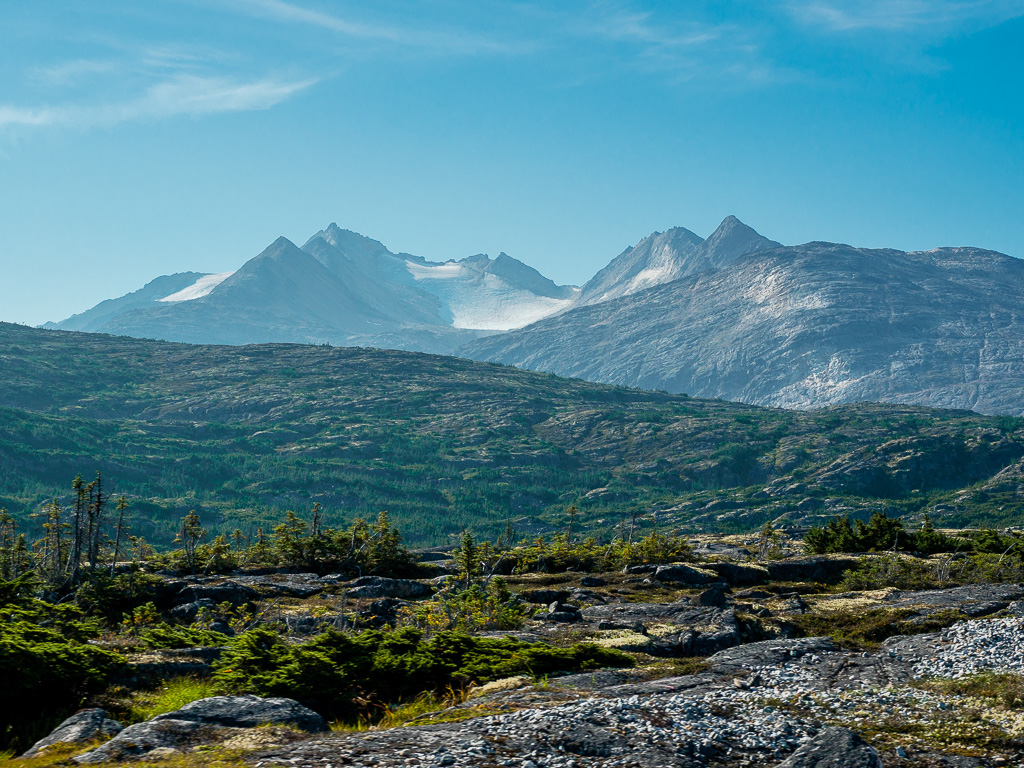



Soapy Smith
Jefferson “Soapy” Smith was a scam artist, coming to Skagway to run the town’s rackets until he died in an 1898 gunfight. This is his grave.
